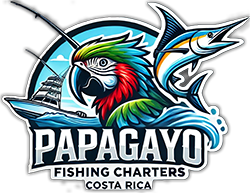Best time to fish in Costa Rica
This Papagayo Fishing Calendar is a general guideline based on traditional weather seasons and historical fishing patterns, but the truth is every year is slightly different here based on ocean currents, ocean temps, La Niña vs. El Niño years, and the presence of baitfish.
The information below will give you a better idea of what to expect when planning your Papagayo fishing vacation. However, for anyone who has experience fishing in Papagayo no matter what time of year you want to fish in Papagayo, there will be something to catch!
The green season arrives once the afternoon rains start in May. When this happens the fishing shifts from southern Costa Rica to Guanacaste (northern) as the strong winds up north die down, the fish have more room to spread out, and the southern part of the country receives the most rainfall. Many people incorrectly assume that if it’s not ‘peak billfish season’ the fishing must be slow, but that couldn’t be farther from the truth. The months of May-Nov still offer plenty of sailfish fishing, a second season for marlin fishing, and it’s the peak time of year for anglers who like variety as we see more dorado, tuna, and wahoo offshore. It’s also the peak season for meat fish like snapper and grouper along with the aforementioned pelagics, so for all those anglers who want to cook what they catch or freeze fillets and bring them home, that is the most productive time of year.
If you are ready to enjoy the best time to fish in Papagayo Costa Rica, BOOK one of our Papagayo fishing boats, and let´s go fishing!
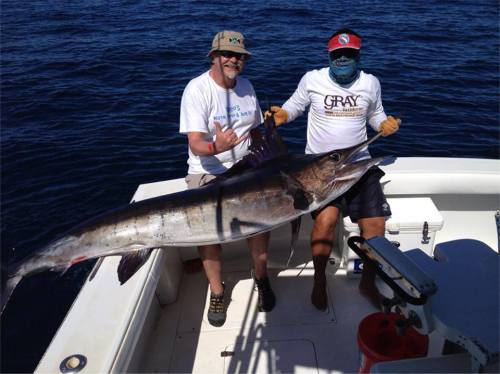
Papagayo Marlin Fishing
Marlin can be found every month of the year, especially from mid-November to March; then slowing a bit from April to early June and peaking in August and September, with averages from 250-500 pounds.
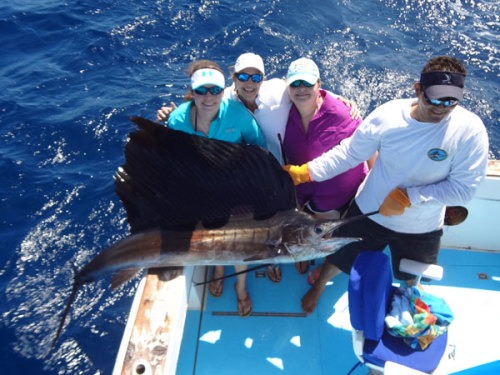
Pacific Sailfish Fishing
Caught throughout year-round, peaking in May through August. Then, slowing a bit from late August through November. Averages weight from 90-150 lbs.
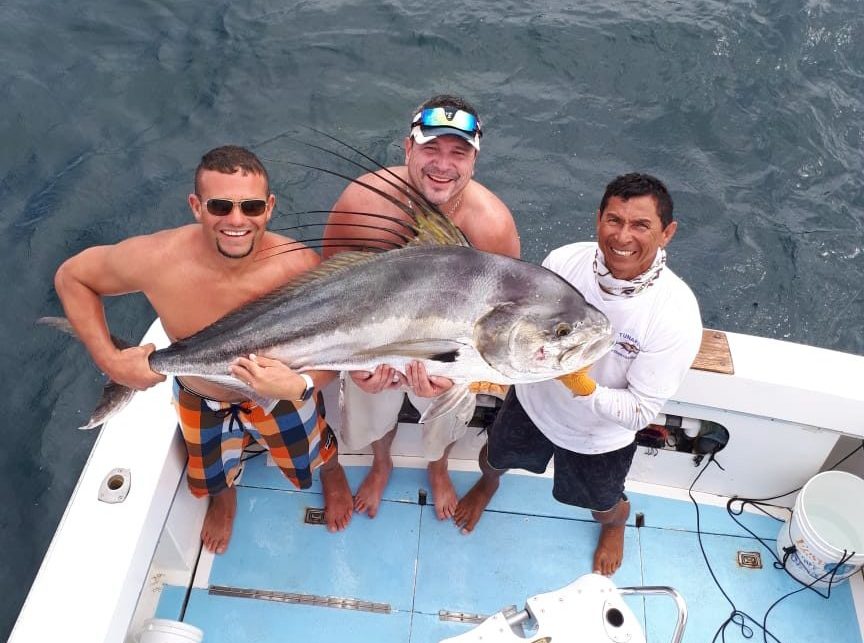
Papagayo Roosterfish Fishing
Roosterfish are available all year, especially in the Gulf of Papagayo they are more abundant from October through March. Roosterfish are often found near rocky points in water about 50-60 feet deep just 45 minutes running from Playas del Coco. Averages weight 30-70 lbs.
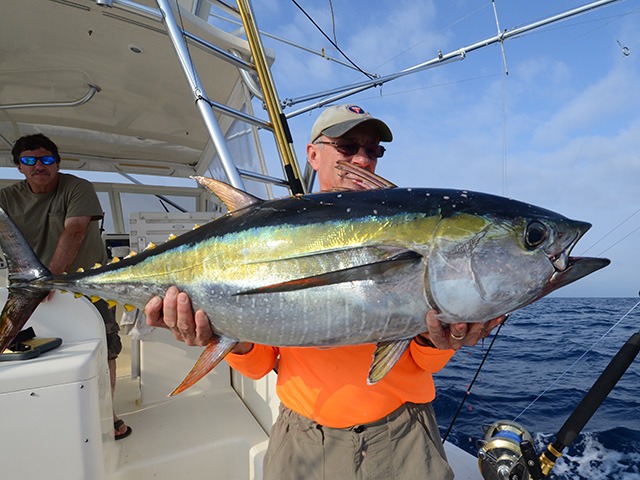
Papagayo Yellowfin Tuna Fishing
Yellowfin is often marketed as ahi, from the Hawaiian ʻahi. There are Yellowfin Tuna all year round, but peaks from August through October, a shoal of 12 to 60 lbs are often found well inside the Gulf of Papagayo, with 45 minutes or less running time from Ocotal beach.

Dorado (mahi-mahi) Fishing
Dorado is also known in other countries as mahi-mahi or dolphin fish. They are usually in open water forming schools of fish, although they can be found on the coast near the surface usually between five and 10 mt depth. These colorful fish is abundant from late May through October when the rainy season arrives, carrying out debris that forms weed lines close to shore where they like to be. Trolling near a floating log could hook a dorado.
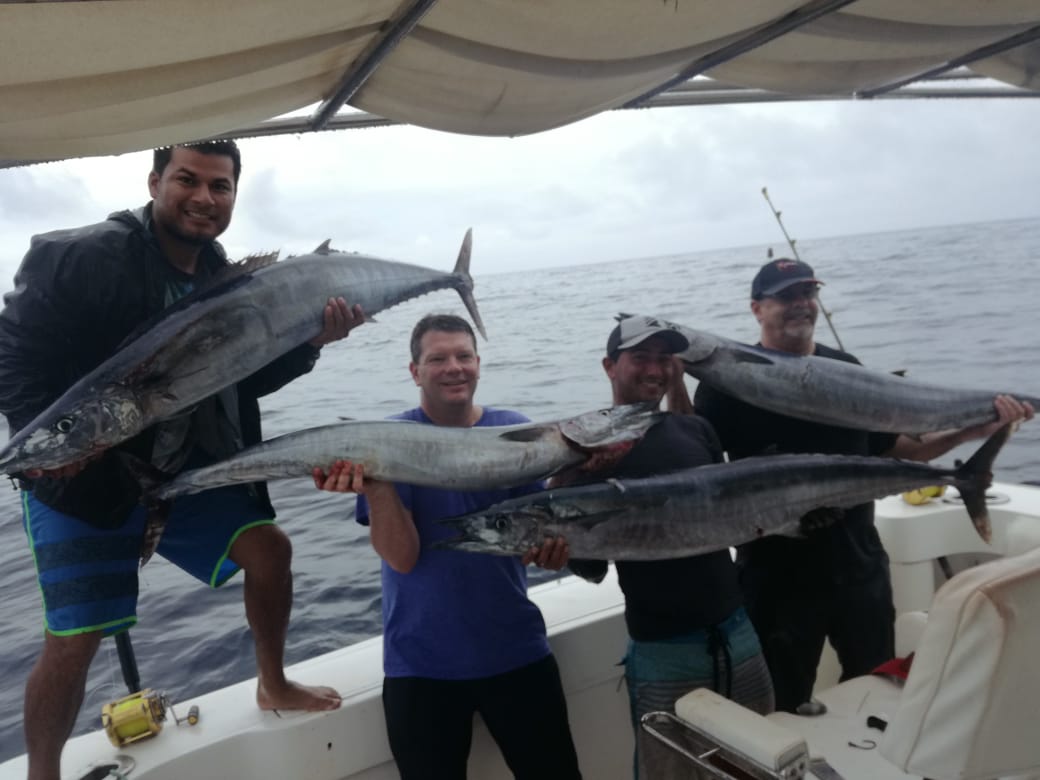
Papagayo Wahoo Fishing
It is best known to sports fishermen, as its speed and high-quality flesh make it a prize game fish. Appear when the rainy season arrives in Guanacaste from mid-May through August. Most are caught around the rocky points and islands, at north of the Gulf of Papagayo, but you will hook up occasionally fishing offshore. Averages weight from 20-40 pounds.
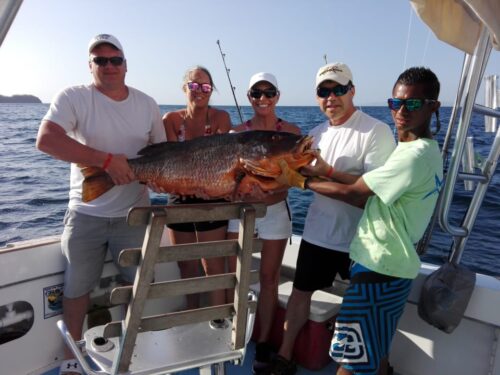
Papagayo Cubera Snapper
The Gulf of Papagayo is home to all kinds of Snapper species: Cubera, Red, Mullet, Colorado, Dog-Tooth, Silky, Yellow, Rock, and many more. Anglers fishing Costa Rica inshore will find these beautiful – delicious! – often wary and cautious fish usually around rocks, reefs, ledges, and other structures close to shore. The biggest Snapper that anglers who fish in Costa Rica will encounter is the Cubera Snapper. This slow-growing and long-living fish is a trophy catch. Cubera Snapper can reach over 100 pounds, and live over 60 years.

Papagayo Grouper Fishing
Groupers have a large, oblong body and huge mouth, which helps them to swallow their prey. Their mouths also help them to dig into sand to create shelters among heavy rocks that are found inshore around the most popular Costa Rican sportfishing destinations. Grouper has a few teeth, but tooth plates in the pharynx are more useful for crushing food. They weigh an average of 40 pounds but can reach more than 100 pounds.
